Pearls
The luminous organic gems born from the depths of oceans and lakes.
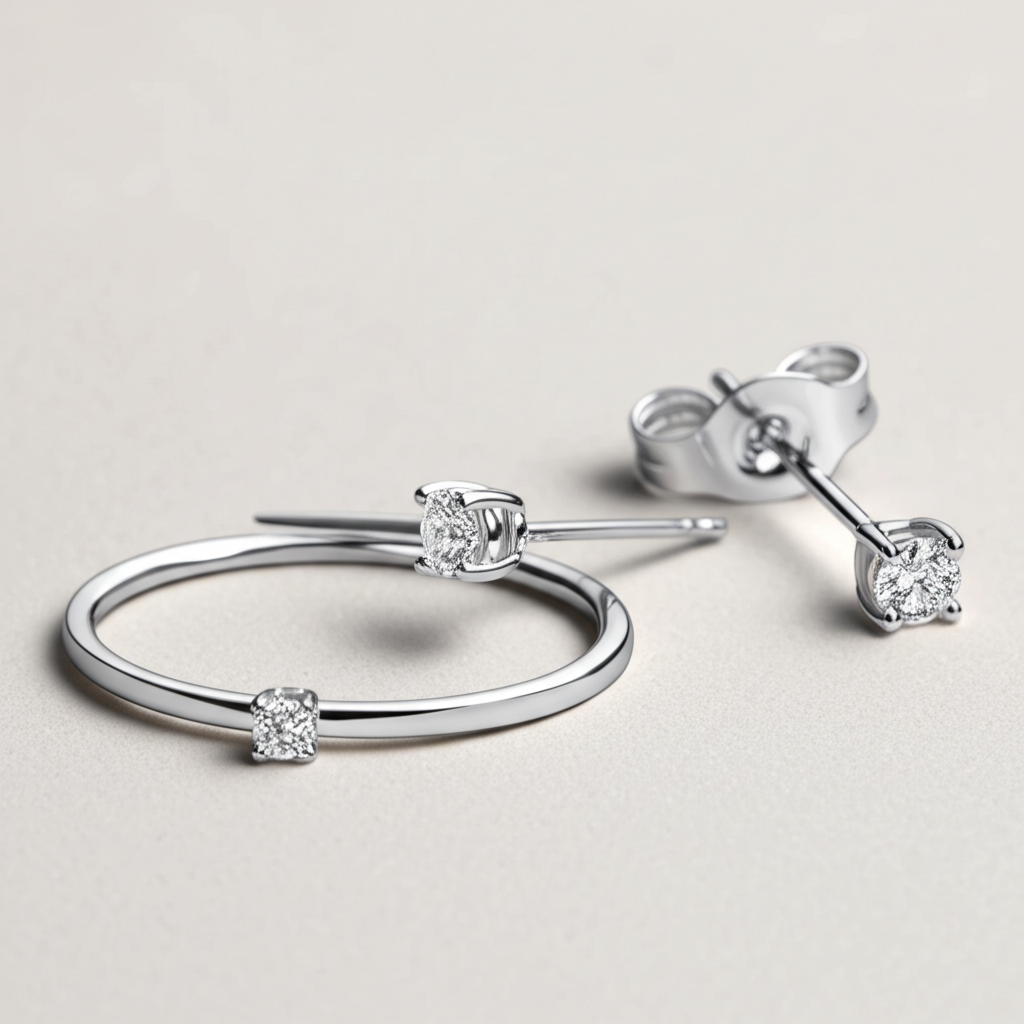
Nature's Organic Gems
Unlike gemstones formed through geological processes, pearls are created by living organisms. They form when an irritant—such as a grain of sand or parasite—enters certain mollusks, particularly oysters and mussels. As a defense mechanism, the mollusk secretes layers of nacre (mother-of-pearl) around the irritant, eventually forming a pearl.
This unique organic origin gives pearls their distinctive luster—an iridescent play of light across the surface that seems to glow from within. For thousands of years, this luminous quality has made pearls symbols of purity, wisdom, and feminine grace across cultures.
While natural pearls were once incredibly rare treasures reserved for royalty, the development of pearl cultivation techniques in the early 20th century has made these organic gems more accessible, though no less captivating.
Natural vs. Cultured Pearls
Natural Pearls
Natural pearls form without any human intervention when an irritant accidentally enters a mollusk in the wild. The mollusk coats the irritant with nacre, layer upon layer, eventually forming a pearl.
Truly natural pearls are extremely rare today. Most pearl-bearing oyster beds have been depleted by centuries of harvesting, pollution, and habitat destruction. A natural pearl necklace of matched size and color can be more valuable than an equivalent diamond necklace due to this extreme rarity.
Cultured Pearls
Cultured pearls are grown with human assistance but are still real pearls. Pearl farmers insert an irritant (typically a shell bead nucleus and a piece of mantle tissue) into the mollusk, which then forms a pearl sac around it and secretes nacre just as it would in nature.
The vast majority of pearls on the market today are cultured. The process was pioneered by Kokichi Mikimoto in Japan in the early 1900s, revolutionizing the pearl industry and making these gems more widely available.
Types of Pearls
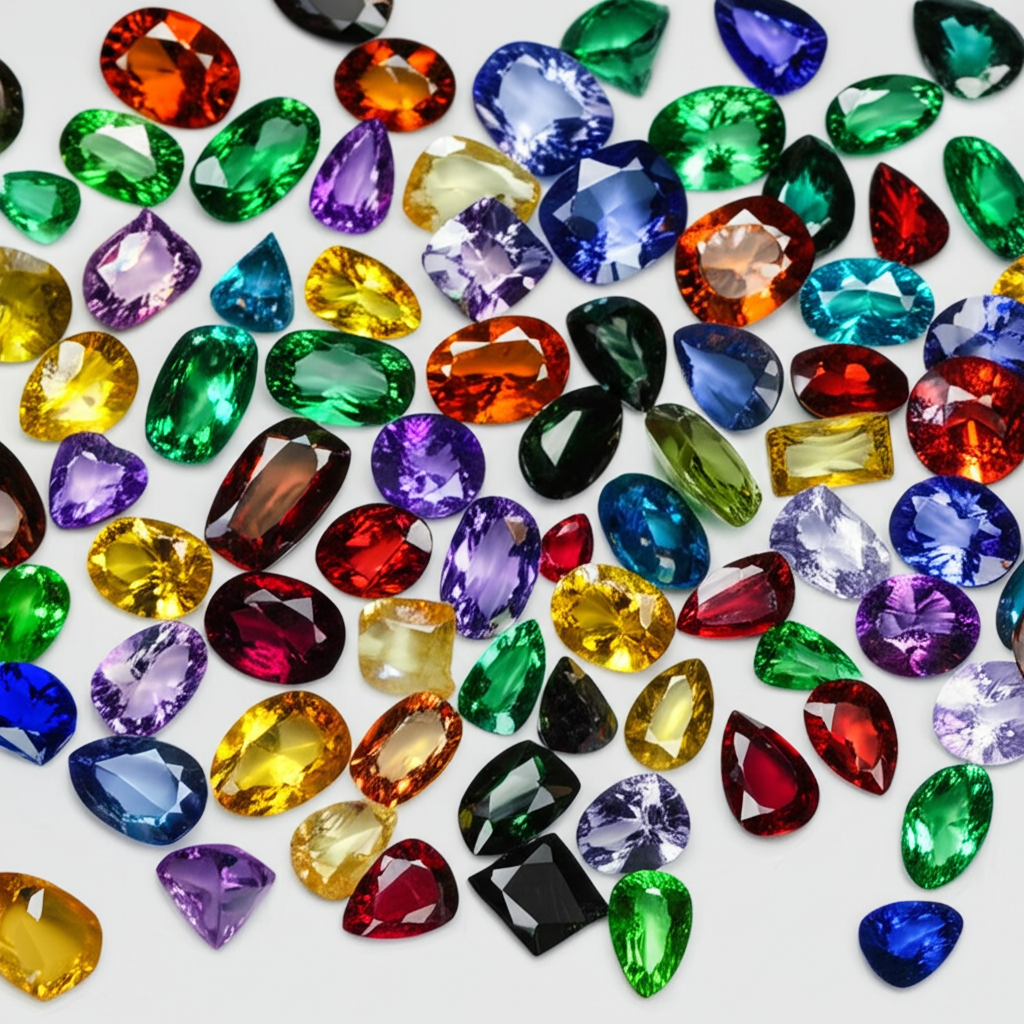
Akoya Pearls
Cultivated primarily in Japan and China, Akoya pearls are known for their perfectly round shape and high luster. They were the first type of pearl to be commercially cultured, pioneered by Kokichi Mikimoto in the early 1900s.
Characteristics
- Size range: 2-10mm (typically 6-7mm)
- Colors: White or cream with rose, silver, or cream overtones
- Excellent luster and nacre quality
- Very round and consistent
- Saltwater pearls
Value Factors
- Larger sizes command premium prices
- White with rose overtones most valued
- Perfect roundness highly prized
- Higher luster increases value
- Thicker nacre for durability
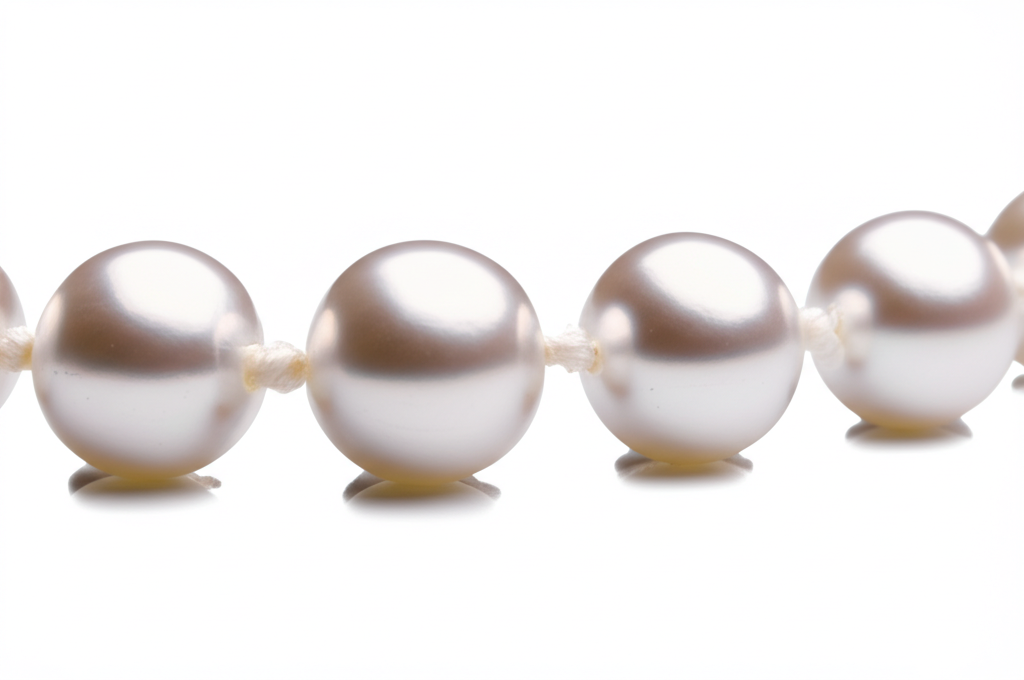
South Sea Pearls
Grown in the warm waters of Australia, Indonesia, and the Philippines, South Sea pearls are produced by the Pinctada maxima oyster—the largest pearl-producing oyster in the world. They're known for their exceptional size and satiny luster.
Characteristics
- Size range: 8-20mm (typically 10-14mm)
- Colors: White, silver, or gold
- Satiny, soft luster
- Thickest nacre of all cultured pearls
- Saltwater pearls
Value Factors
- Golden color from Australian waters most valuable
- Larger sizes significantly increase value
- Round shapes command premium prices
- Surface quality important
- Matching important for strands
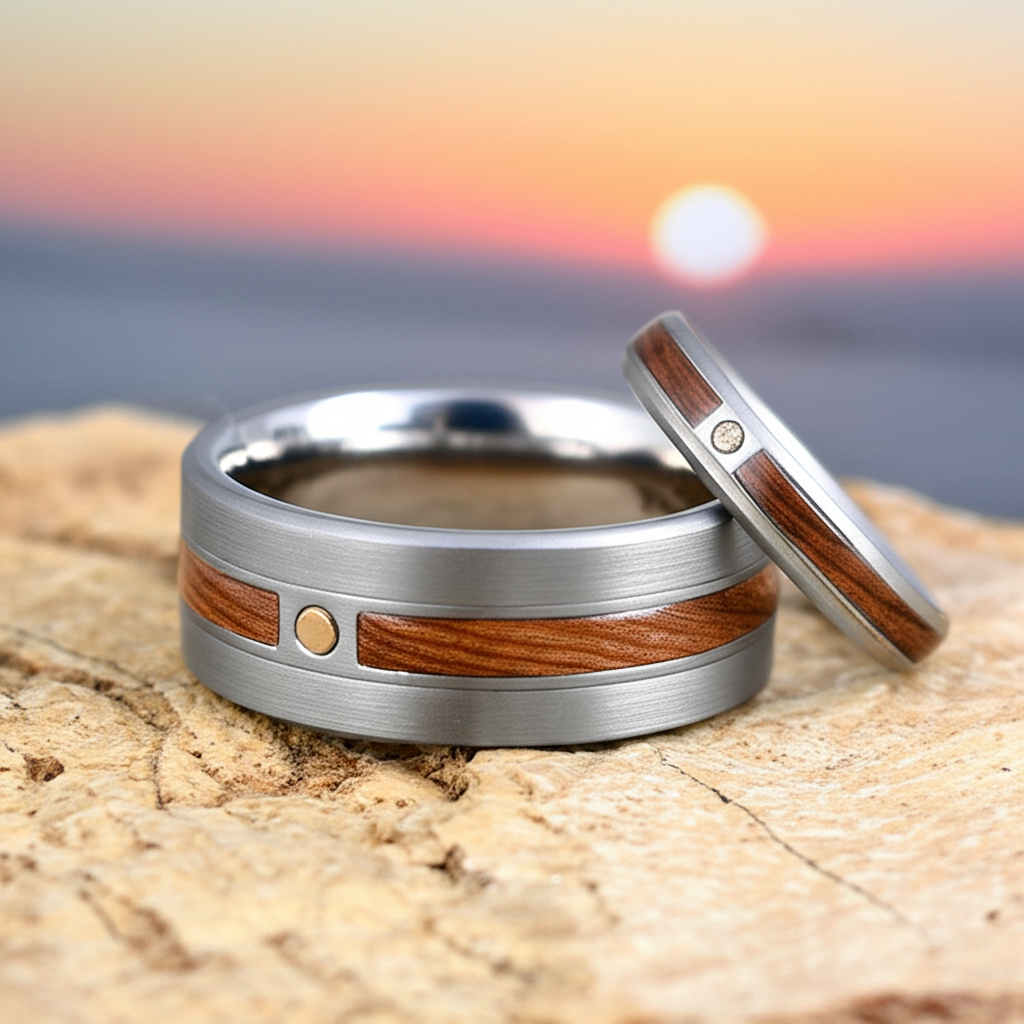
Tahitian Pearls
Often called 'black pearls,' Tahitian pearls are cultivated in French Polynesia from the black-lipped Pinctada margaritifera oyster. They're the only naturally dark pearls and display a remarkable range of colors with overtones of green, purple, blue, and bronze.
Characteristics
- Size range: 8-18mm (typically 9-12mm)
- Colors: Gray to black with colorful overtones
- High luster with metallic quality
- Often have unique shapes
- Saltwater pearls
Value Factors
- Peacock color (dark green with purple overtones) most valuable
- Larger sizes increase value
- Round shapes more valuable, but unique shapes also prized
- Intense, even coloration preferred
- Mirror-like luster increases value
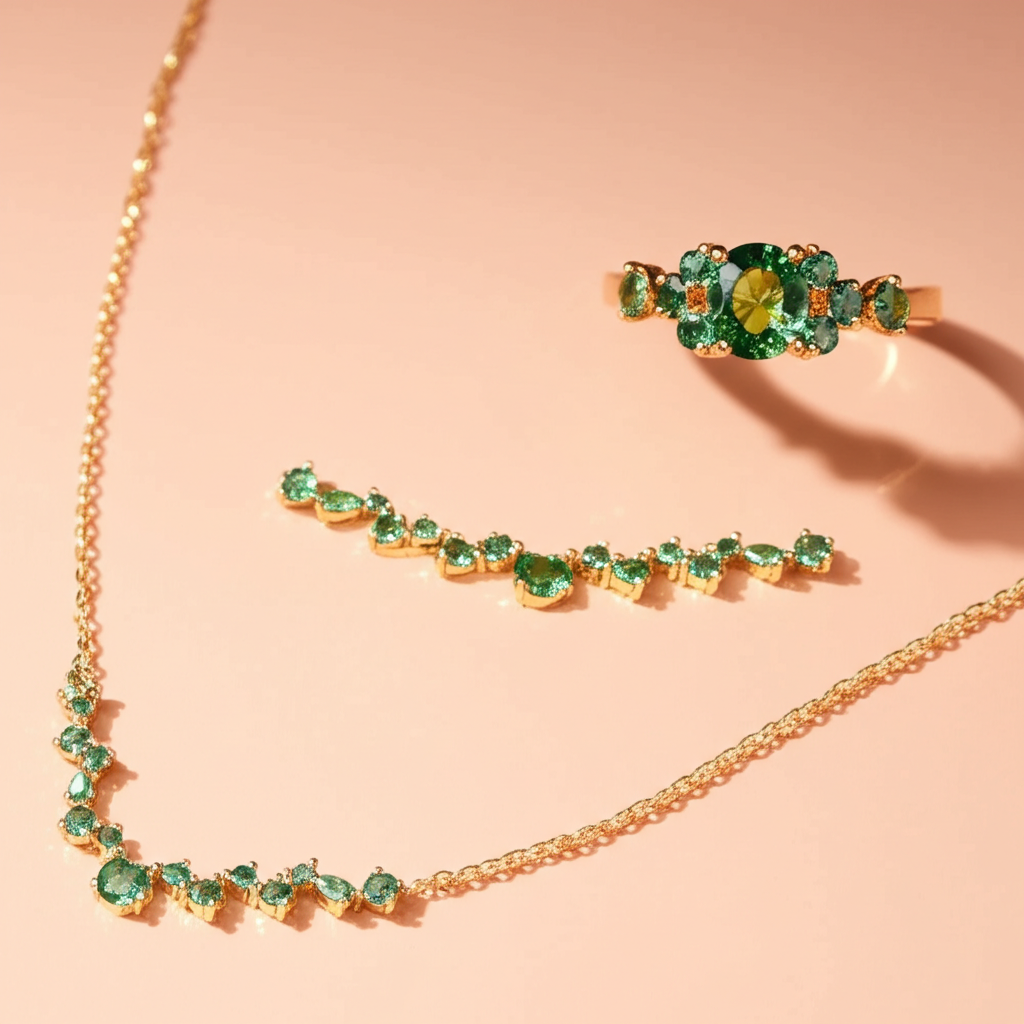
Freshwater Pearls
Primarily cultivated in China's lakes, rivers, and ponds, freshwater pearls are produced by various species of mussels. Modern cultivation techniques have dramatically improved their quality, and they now rival saltwater pearls in luster and appearance while typically being more affordable.
Characteristics
- Size range: 2-15mm (typically 6-8mm)
- Colors: White, cream, pink, lavender, and other pastels
- Often nucleated with tissue only (no bead)
- Wide variety of shapes
- Freshwater pearls
Value Factors
- Larger sizes increasingly valuable
- Round shapes command premium prices
- Natural pastel colors (especially lavender) more valuable
- Higher luster increases value
- Smooth surface quality important
Pearl Grading Factors
Luster
The quality and intensity of light reflected from the pearl's surface. High-luster pearls have a sharp, mirror-like reflection, while low-luster pearls appear chalky or dull. Luster is considered the most important factor in pearl quality.
Surface Quality
The degree to which the pearl's surface is free from blemishes, bumps, pits, and other imperfections. While completely flawless pearls are extremely rare, fewer and less noticeable imperfections indicate higher quality.
Shape
Pearls come in various shapes, with perfectly round being the most valuable for most types. Other shapes include near-round, oval, button, drop, baroque, and circle. Some unique shapes can be highly valued for their artistic merit.
Size
Measured in millimeters, larger pearls are generally more valuable as they take longer to form and are rarer. Size value varies by pearl type—a 7mm Akoya might be large, while a 12mm South Sea pearl would be considered medium-sized.
Color
Includes both body color and overtone. Body color is the dominant hue, while overtone is the translucent color that appears to float over the body color. Preferred colors vary by pearl type and market trends.
Nacre Thickness
The thickness of the nacre coating determines a pearl's durability and luster. Thicker nacre generally means better luster and longevity. Thin-nacred pearls may show the nucleus and are more prone to chipping or peeling.
Matching
For strands or sets, how well the pearls match in size, shape, color, and luster. Well-matched strands, especially in larger sizes, can take years to assemble and command premium prices.
Pearl Shapes
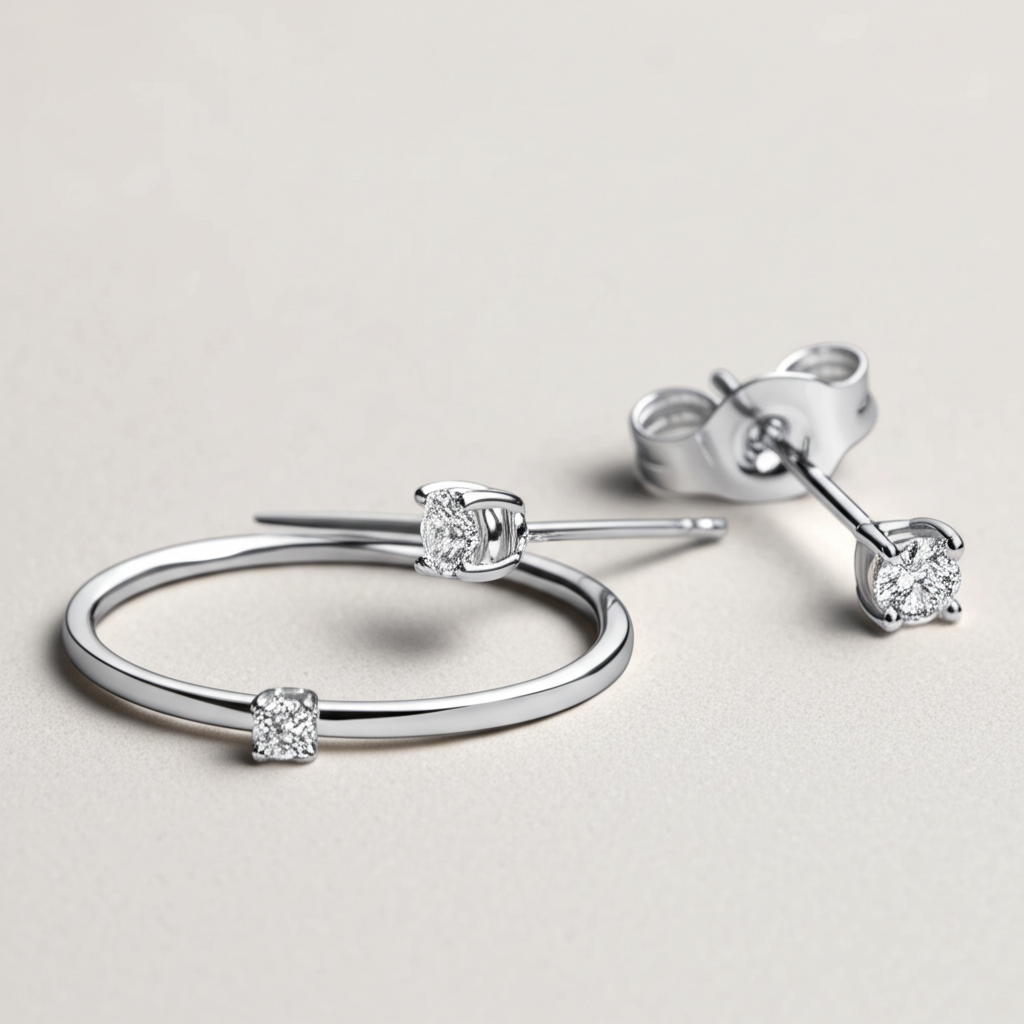
Round
Perfectly or nearly perfectly spherical; the most classic and typically most valuable shape.
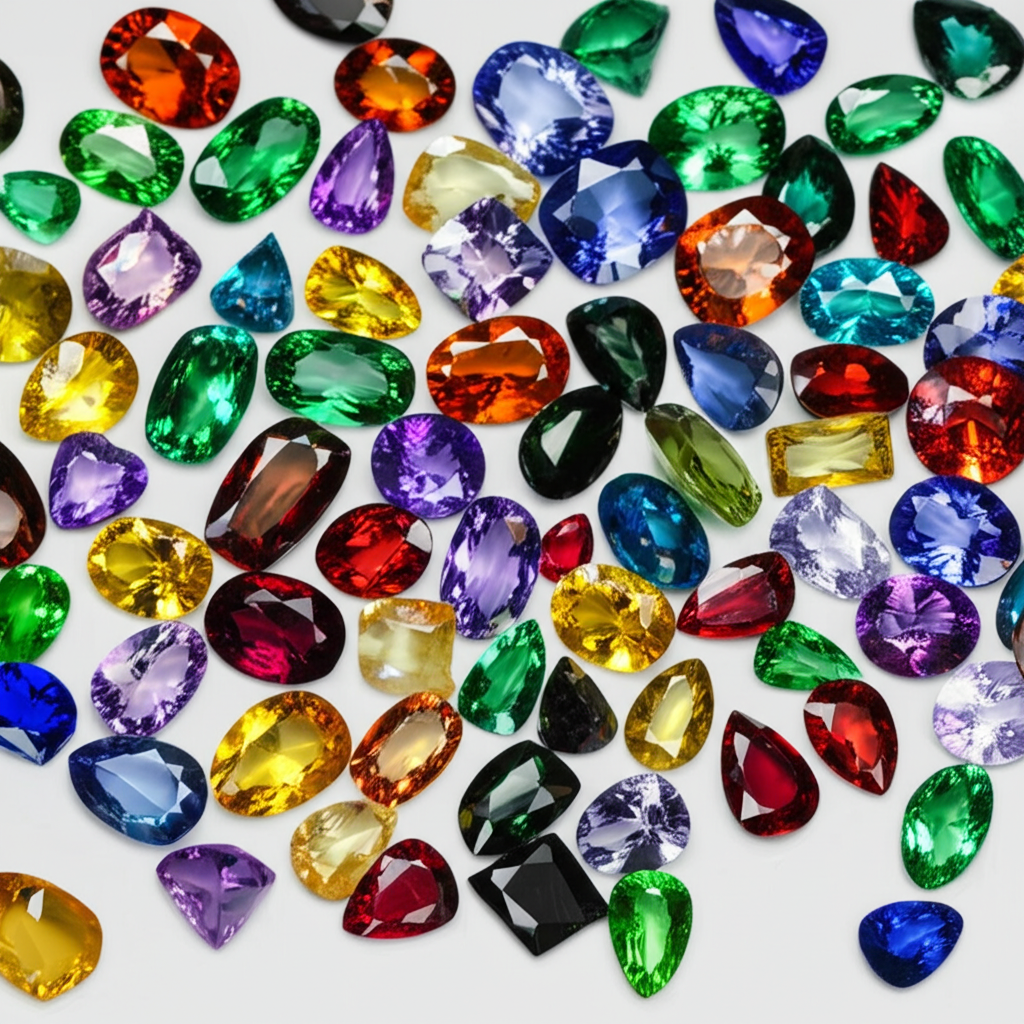
Near-Round
Slightly off-round but still appears round to the casual observer.
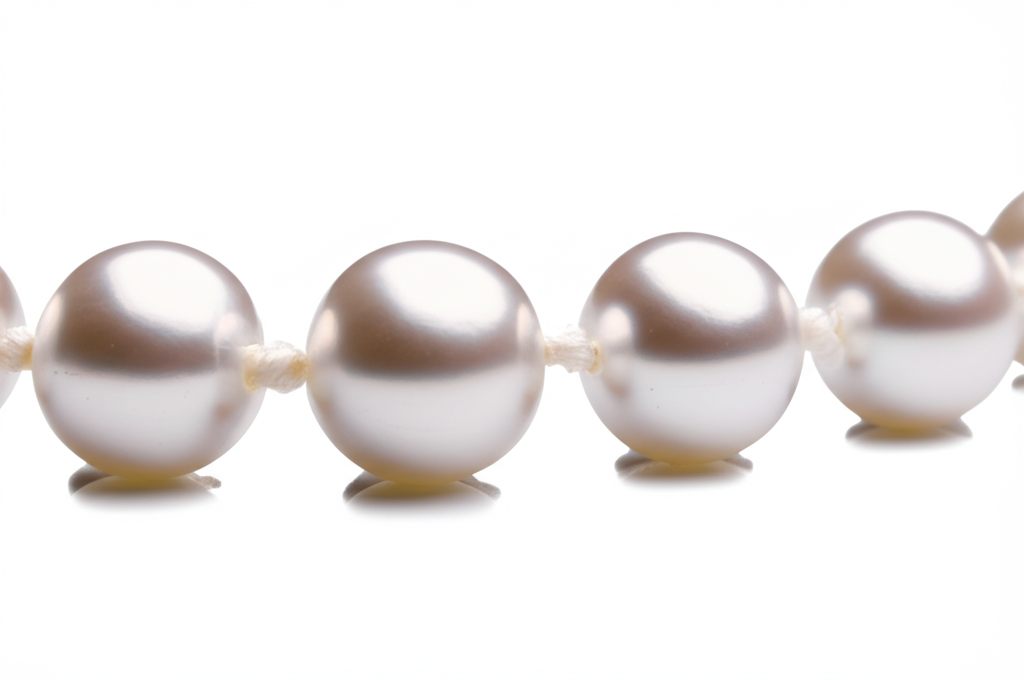
Oval
Elongated round shape, similar to an egg.
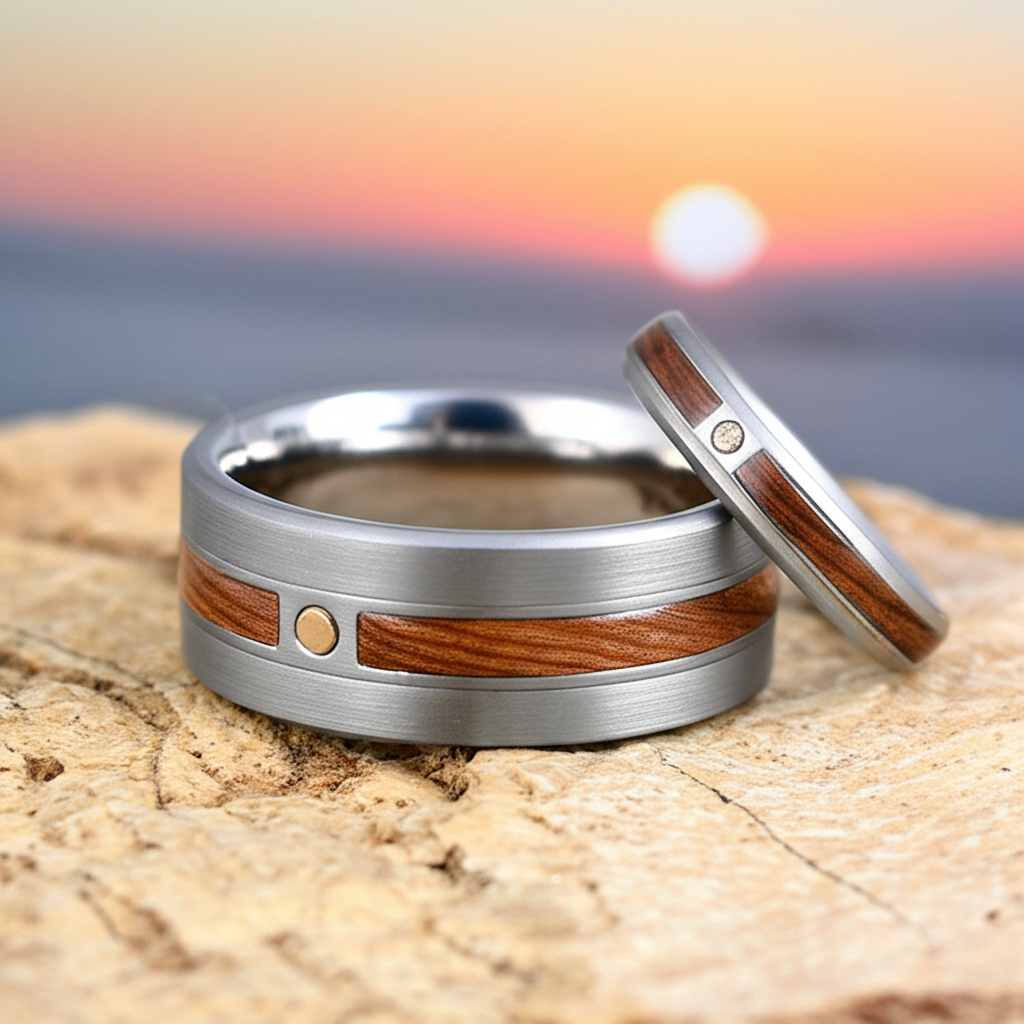
Button
Flattened on one side, resembling a button; popular for earrings and rings.
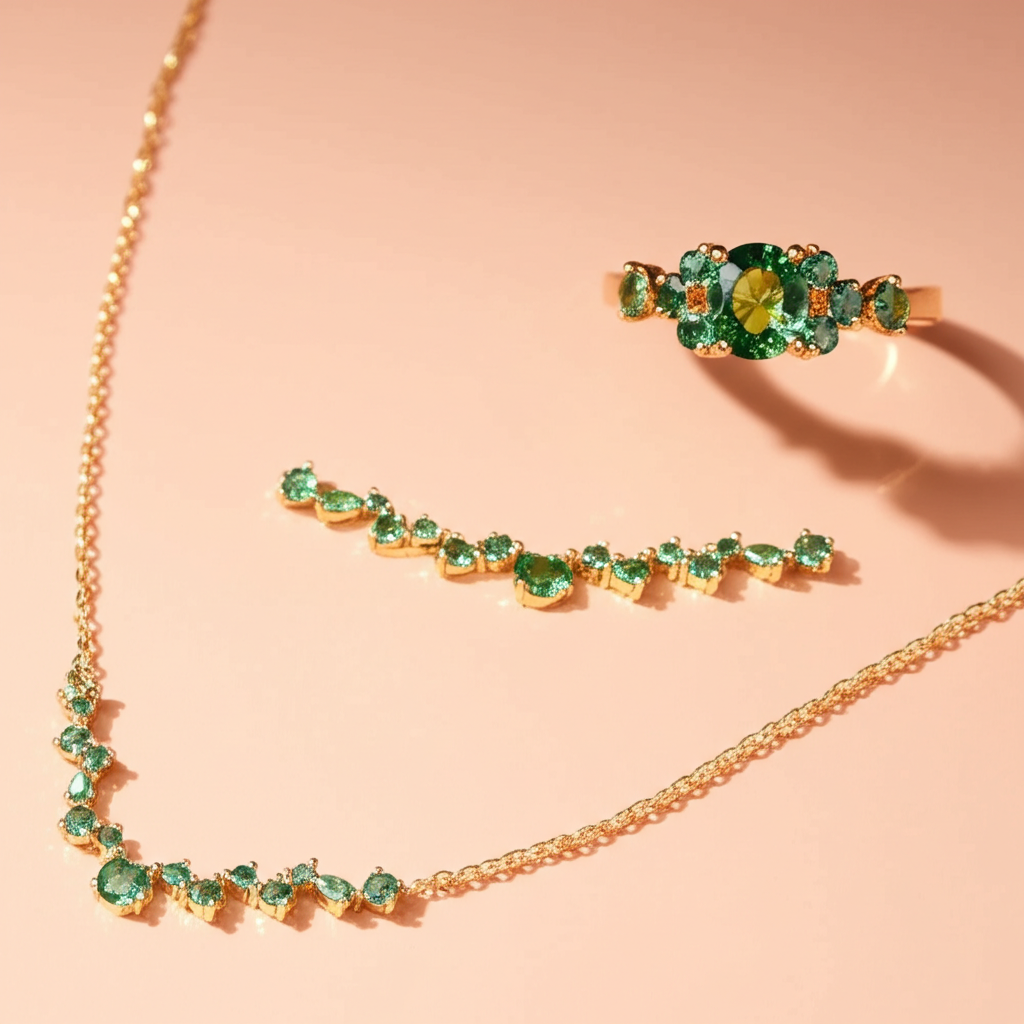
Drop
Pear or teardrop shape; popular for pendants and earrings.
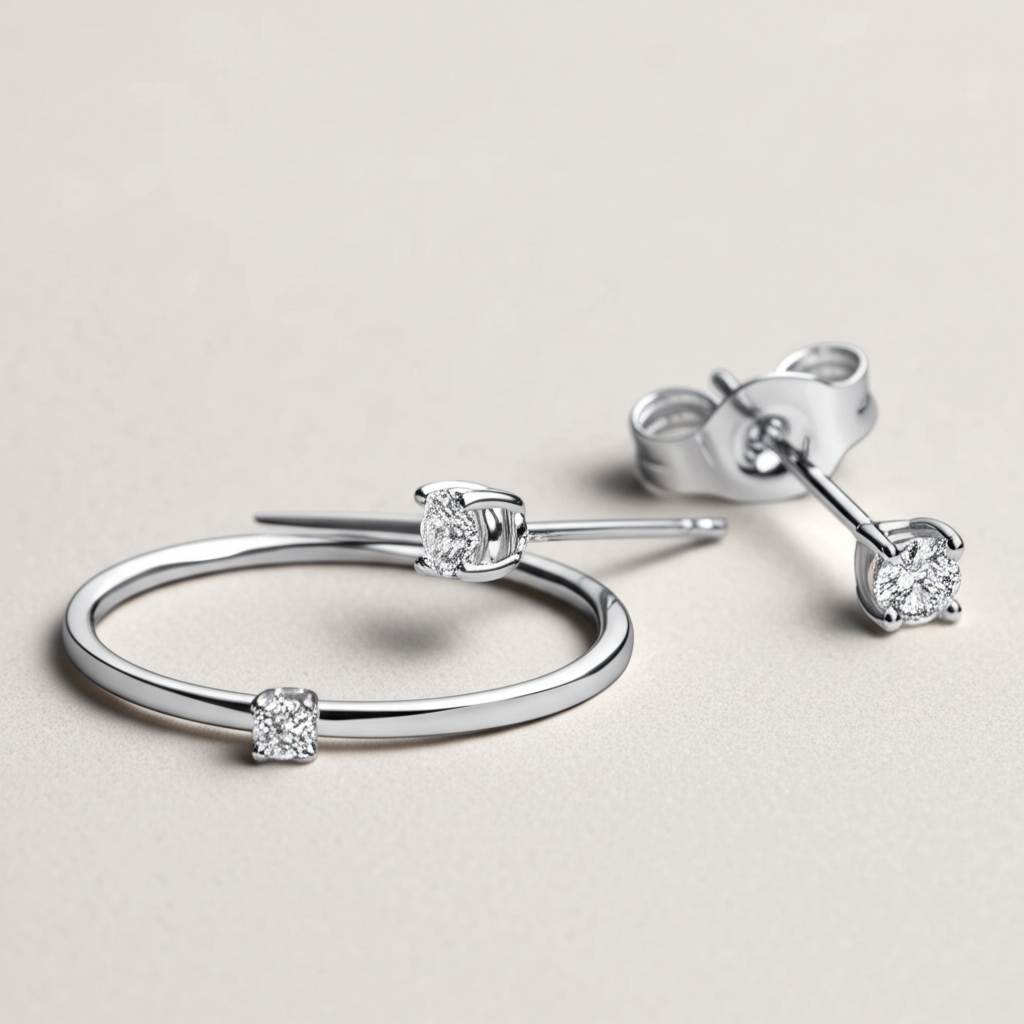
Baroque
Irregular, non-symmetrical shape; each is unique.
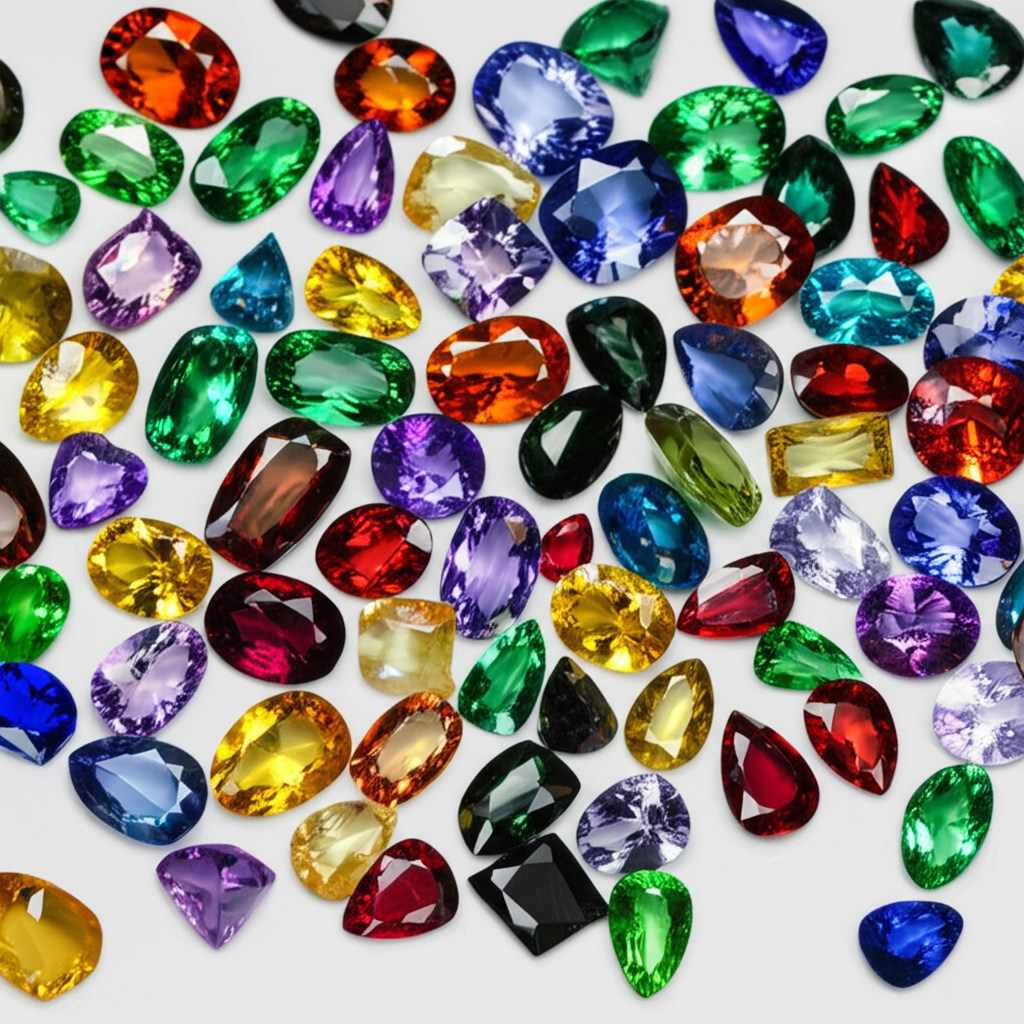
Circle
Ringed or grooved surface, most common in Tahitian and South Sea varieties.
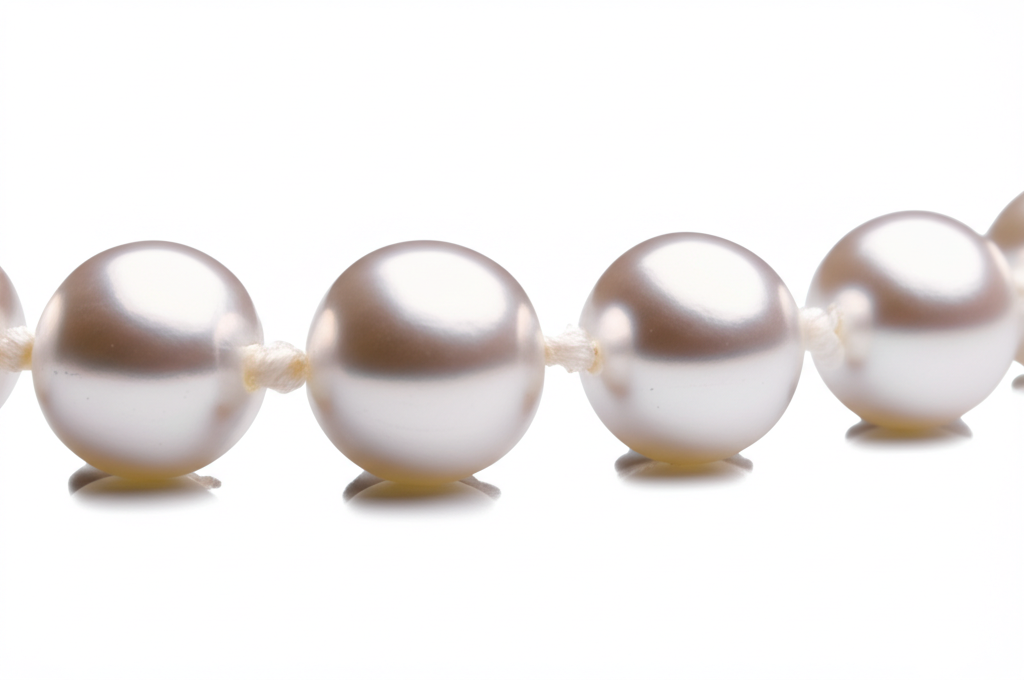
Keshi
Small, irregular pearls formed without a nucleus; often very lustrous.
Caring for Pearls
Do's
- ✓Put pearls on after applying makeup, perfume, and hairspray.
- ✓Wipe pearls with a soft, damp cloth after wearing.
- ✓Store pearls separately from other jewelry to prevent scratching.
- ✓Restring pearl necklaces every few years if worn regularly.
- ✓Wear your pearls regularly—body oils help maintain their luster.
Don'ts
- ✗Expose pearls to harsh chemicals, including cleaning products.
- ✗Store pearls in plastic bags or airtight containers.
- ✗Clean pearls in ultrasonic or steam cleaners.
- ✗Wear pearls while swimming, showering, or exercising.
- ✗Leave pearls in direct sunlight for extended periods.
Pearls Throughout History
Ancient Civilizations
Pearls have been harvested from the Persian Gulf, Red Sea, and Indian Ocean for at least 6,000 years. Ancient Egyptians were buried with pearls, while Chinese records of pearl use date to 2300 BCE.
Roman Empire
Romans prized pearls above all other gems. Julius Caesar passed a law limiting pearl wearing to the ruling classes. The Roman general Vitellius reportedly financed an entire military campaign by selling just one of his mother's pearl earrings.
Middle Ages
Pearls adorned crowns, religious artifacts, and noble attire throughout medieval Europe. Knights often carried pearls into battle as protection. The Catholic Church became a major collector of fine pearls.
Renaissance
The 1500s-1600s were known as the 'Pearl Age' in Europe. Portrait paintings show royalty and nobility draped in pearls. Queen Elizabeth I cultivated an image of 'the Virgin Queen' with pearls symbolizing purity and chastity.
Colonial Period
The discovery of pearl beds in Central and South America led to a pearl rush. Spanish conquistadors sent thousands of pearls back to Europe, making them more accessible to the wealthy merchant class.
Victorian Era
Queen Victoria's love of pearls influenced fashion throughout her long reign. Seed pearl jewelry (made with tiny pearls) became popular for daywear, while larger pearls remained status symbols for evening and formal occasions.
Early 20th Century
Kokichi Mikimoto perfected the technique for culturing pearls in Japan, revolutionizing the pearl industry. By the 1920s, cultured pearls made this gem accessible to the middle class for the first time.
Modern Era
Pearls have evolved from formal heirlooms to versatile fashion accessories. Innovations in culturing techniques have created more variety in colors, sizes, and shapes, while designers continue to find new ways to incorporate pearls into contemporary jewelry.
Famous Pearls
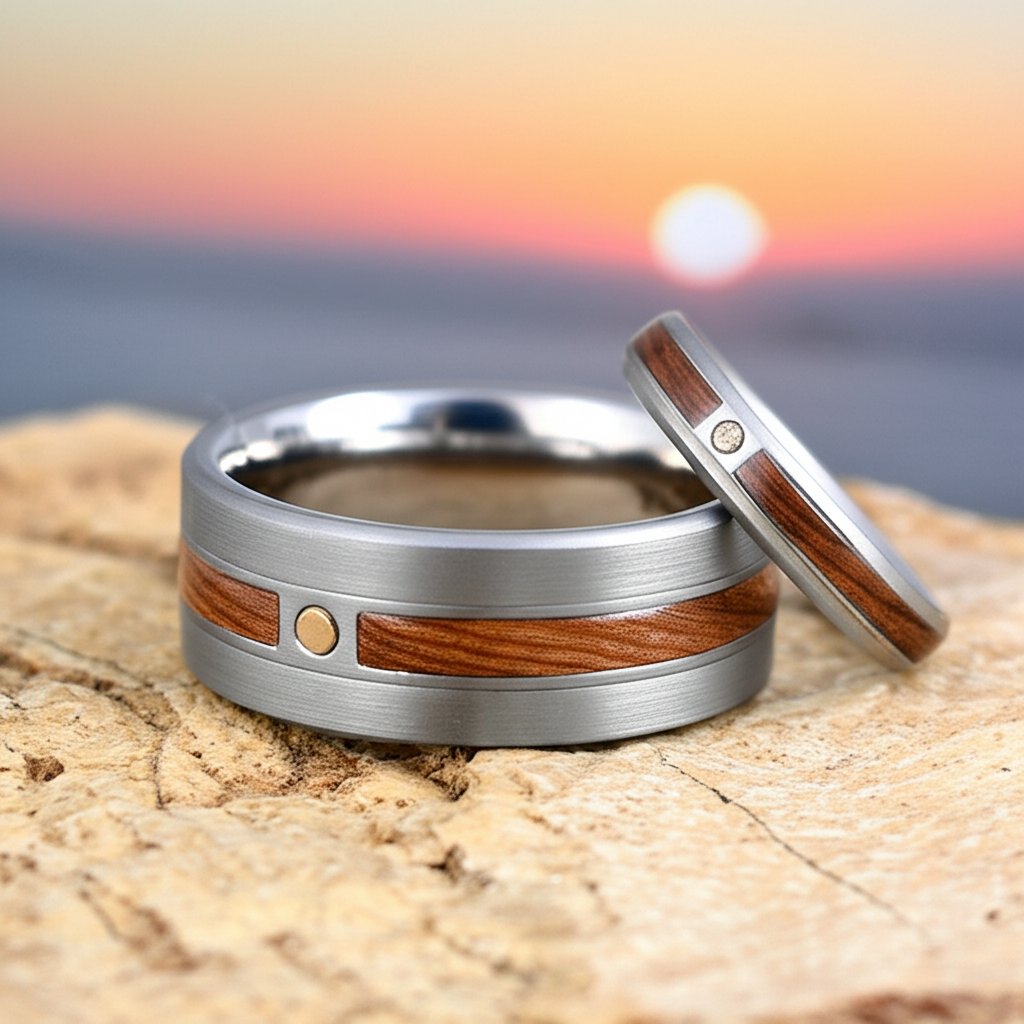
La Peregrina
One of the most famous pearls in history, this pear-shaped pearl weighing 50.56 carats was discovered in the 16th century. It passed through the hands of Spanish royalty and Napoleon III before Richard Burton purchased it for Elizabeth Taylor in 1969.
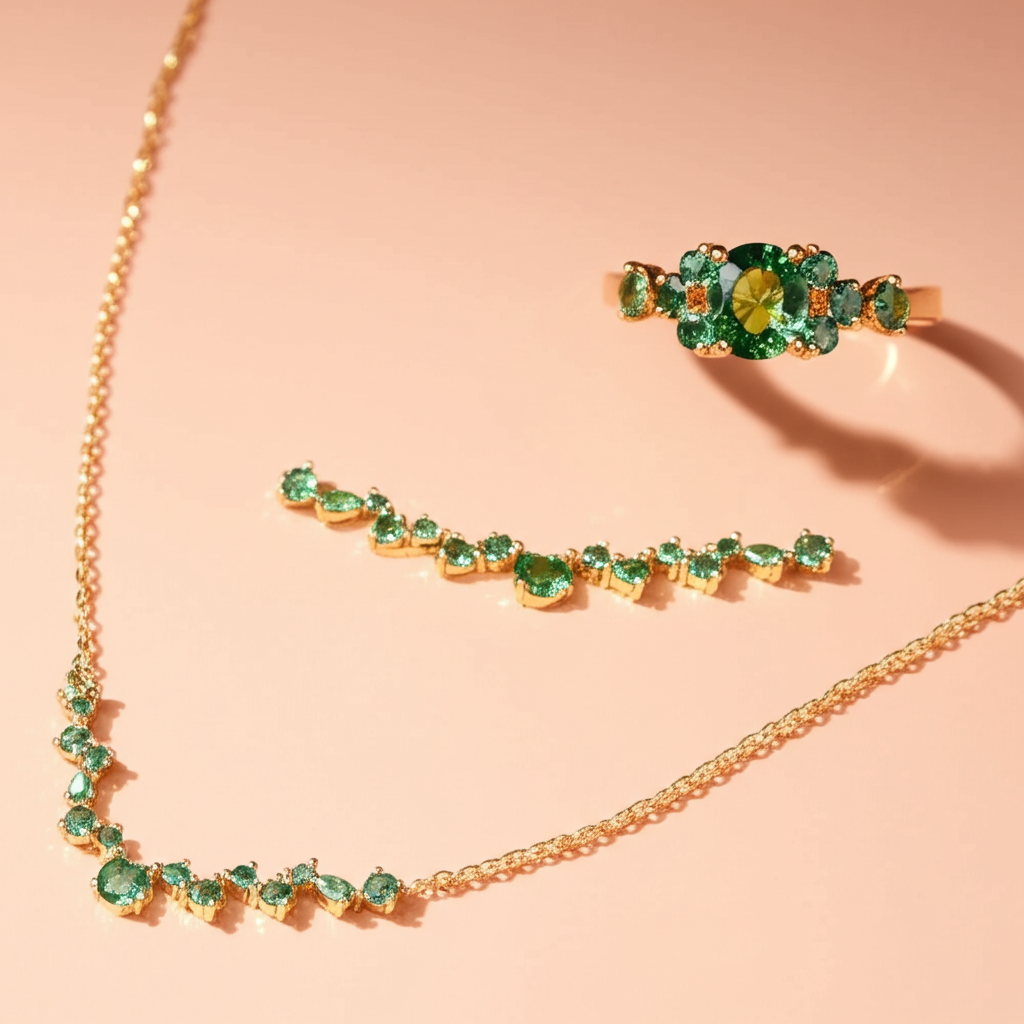
The Hope Pearl
One of the largest known natural pearls at 450 carats (90 grams), this baroque-shaped blister pearl has a white body with bronze and gold overtones. It was once owned by Henry Philip Hope, who also owned the Hope Diamond.
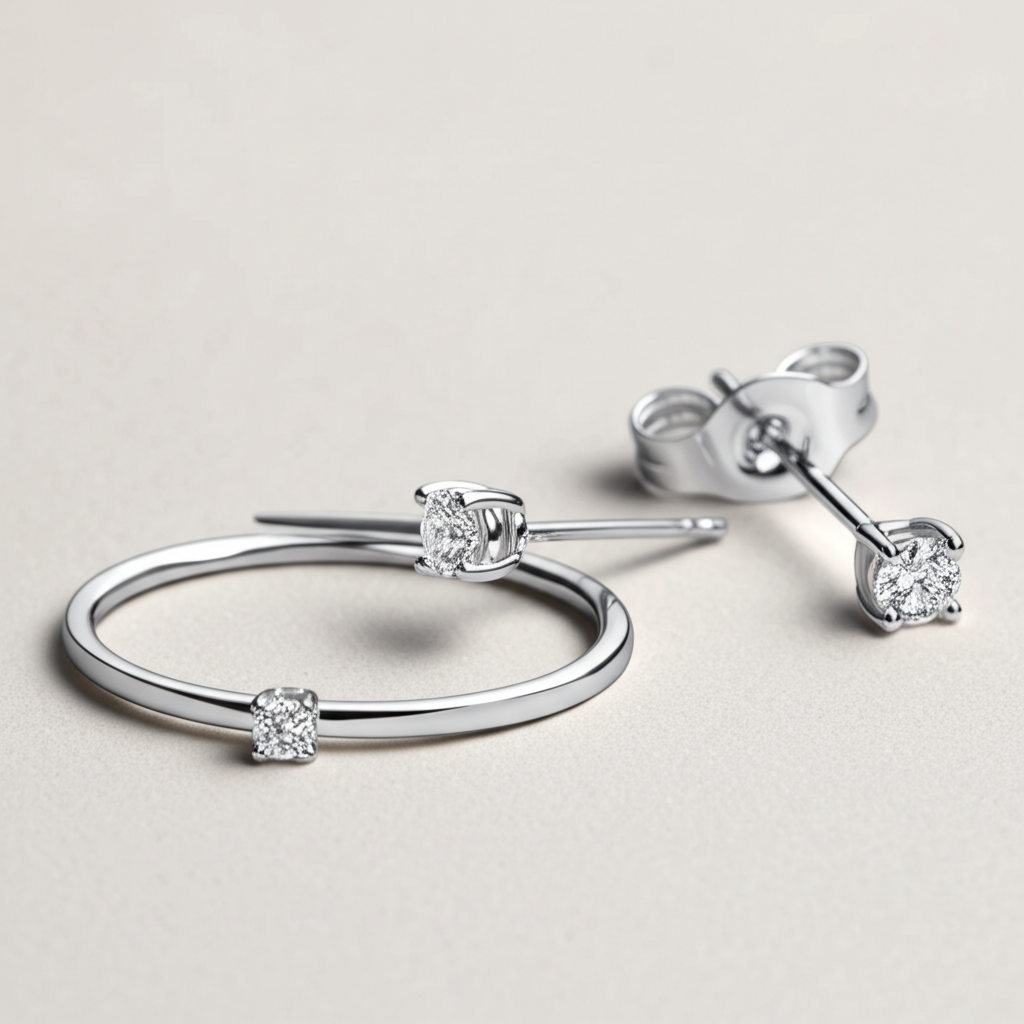
The Pearl of Lao Tzu
Also known as the Pearl of Allah, this is the largest known pearl in the world at 14 pounds (6.4 kg) and 9.4 inches in diameter. Found inside a giant clam in the Philippines in 1934, it's not gem-quality but is valued for its size and history.
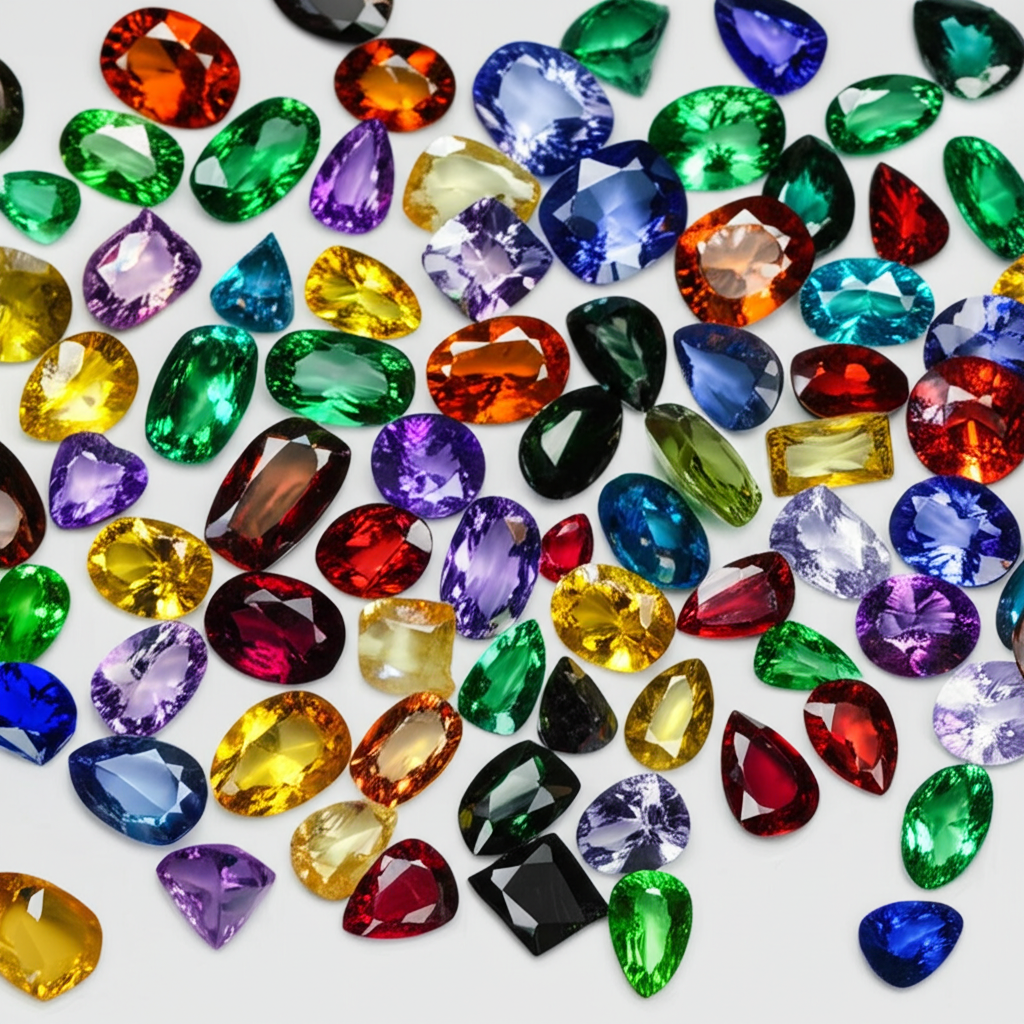
The Baroda Pearls
A magnificent seven-strand necklace containing 68 matched natural pearls per strand, originally owned by the Maharaja of Baroda in India. When the complete necklace was sold at auction in 2007, it fetched over $7 million.